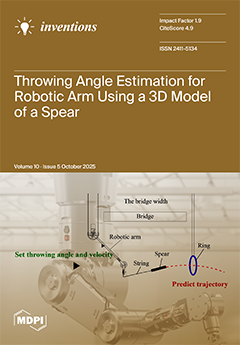Open AccessArticle
Biological Properties of a Composite Polymer Material Based on Polyurea and Submicron-Sized Selenium Particles
by
Sergey A. Shumeyko, Dmitriy E. Burmistrov, Denis V. Yanykin, Ilya V. Baimler, Alexandr V. Simakin, Maxim E. Astashev, Mikhail V. Dubinin, Roman Y. Pishchalnikov, Ruslan M. Sarimov, Valeriy A. Kozlov, Alexey S. Dorokhov and Andrey Yu. Izmailov
Viewed by 863
Abstract
Using the method of laser ablation in liquid, submicron-sized particles of zero-valent amorphous selenium (Se SMPs) were created. A number of composite polymer materials were manufactured based on polyurea and Se SMPs at concentrations ranging 0.1–2.5 wt.%. The manufactured materials showed no significant
[...] Read more.
Using the method of laser ablation in liquid, submicron-sized particles of zero-valent amorphous selenium (Se SMPs) were created. A number of composite polymer materials were manufactured based on polyurea and Se SMPs at concentrations ranging 0.1–2.5 wt.%. The manufactured materials showed no significant surface or internal defects at either the macro or micro level. It was found that the Se SMPs were not uniformly distributed inside the polymer, but formed ordered areas with slightly higher and lower concentrations of the particles. It was demonstrated that the manufactured materials did not generate a significant amount of active oxygen species, which could damage biological objects such as protein molecules and DNA, while also exhibiting pronounced bacteriostatic properties without significantly affecting the growth and reproduction of mammalian cells. Materials containing 0.25 and 1% Se SMPs, when added to soil, improved the morphometric parameters of radish plants (
Raphanus sativus var.
sativus). These polymer composite materials based on polyurea with the addition of Se SMPs are promising functional materials for agriculture due to their antibacterial activity.
Full article
►▼
Show Figures





